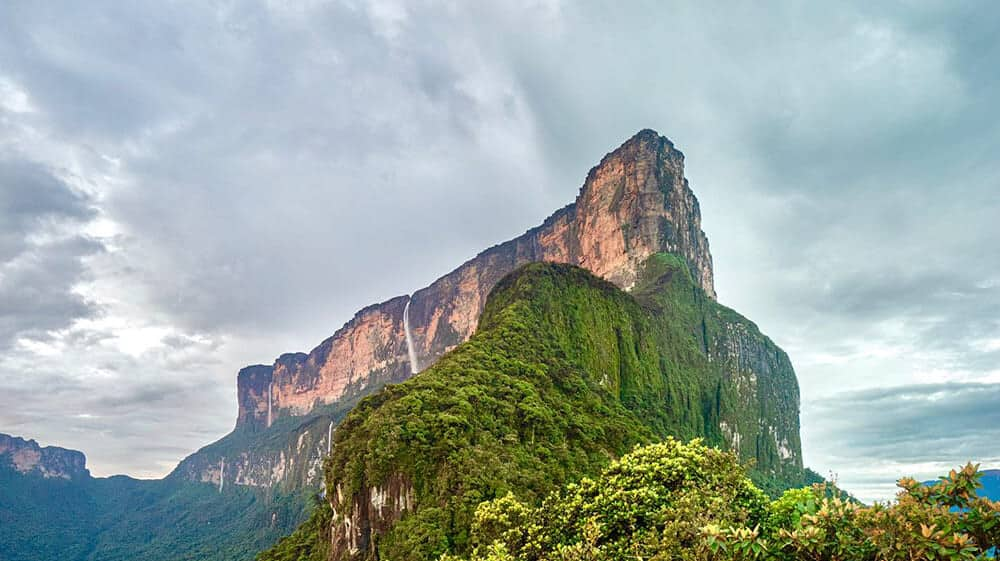
Journey to the mystical Mount Roraima, Venezuela: Top recommendations
What's the story
Mount Roraima in Venezuela is one of Earth's oldest geological formations, dating back two billion years. Known as a tepui, it's not just a natural wonder but also a cultural icon, inspiring Arthur Conan Doyle's "The Lost World." Its unique ecosystem and landscapes offer an unmatched experience for adventurers and nature enthusiasts, making it a must-visit destination.
Hiking adventure
Trekking to the summit
Trekking to Mount Roraima's summit is the main activity, taking about six days with a guide. The journey covers diverse terrains like rainforests and savannas, leading to the ascent. At the top, travelers find ancient rock formations, carnivorous plants, and misty vistas reminiscent of fantasy worlds. This trek offers a glimpse into unique ecosystems and breathtaking landscapes.
Flora and fauna
Exploring unique ecosystems
Mount Roraima's isolated plateau supports an ecosystem teeming with endemic species - plants and animals found nowhere else on Earth. Exploring these ecosystems offers travelers a glimpse into evolutionary history. The tepui's summit is home to various unique plant species such as pitcher plants and orchids. Birdwatchers might also spot rare species like the Roraiman tody-flycatcher or the orange-breasted falcon during their exploration.
Night sky viewing
Camping under the stars
For those looking to enhance their Mount Roraima adventure, camping at its summit is unforgettable. With minimal light pollution, the stargazing is exceptional. Set up camp near Maverick Rock for panoramic views of the surrounding tepuis under a starry sky. This experience is ideal for adventurers wanting to connect with nature in one of Earth's most untouched environments.
Cultural heritage
Discovering ancient petroglyphs
Mount Roraima is not just a natural wonder but also a site of cultural importance, with ancient petroglyphs revealing the region's indigenous history. These carvings, thousands of years old, provide insights into the lives of the people here before European contact. Visitors can explore these sites with local Pemon guides, learning about the mountain's myths and legends.